The extinction of dinosaurs has captivated scientific minds for generations, with the asteroid impact theory dominating discussions for decades. However, recent research suggests a more nuanced picture of the dinosaurs’ final days. Evidence indicates that significant climate changes, particularly global cooling, may have already been stressing dinosaur populations before the Chicxulub asteroid delivered the final blow. This compelling alternative perspective challenges our understanding of one of Earth’s most significant extinction events and offers a more complex view of the factors that ended the reign of these magnificent creatures.
The Traditional Extinction Narrative

For years, the scientific consensus has centered on the Alvarez hypothesis, which proposes that a massive asteroid impact 66 million years ago caused the Cretaceous-Paleogene (K-Pg) extinction event. This catastrophic collision, creating what we now know as the Chicxulub crater in Mexico’s Yucatán Peninsula, undoubtedly triggered devastating global consequences, including tsunamis, wildfires, and a global “impact winter” as dust and aerosols blocked sunlight. The immediate aftermath would have been catastrophic for life worldwide, with approximately 75% of all species, including non-avian dinosaurs, disappearing relatively suddenly. This dramatic scenario has dominated both scientific literature and popular culture, creating an enduring image of dinosaurs thriving until being abruptly wiped out by a cosmic accident.
Emerging Evidence for Pre-Impact Decline
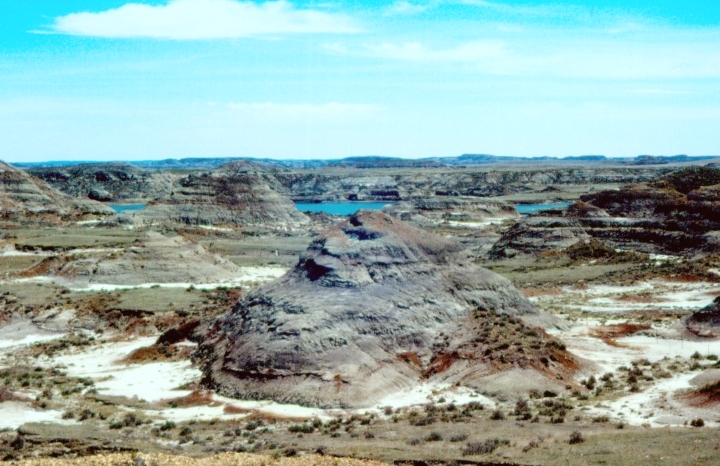
Recent paleontological findings suggest that dinosaur diversity was already declining for up to 10 million years before the asteroid impact. Studies of fossil records from locations like the Hell Creek Formation in Montana reveal a gradual reduction in dinosaur species richness during the late Cretaceous period. This decline appears to have affected different dinosaur clades unevenly, with some groups experiencing more significant reductions than others. Herbivorous dinosaurs, particularly ceratopsians and hadrosaurs, show evidence of declining diversity earlier than their carnivorous counterparts. These patterns suggest that environmental stressors were already challenging dinosaur populations well before the asteroid struck, potentially making them more vulnerable to extinction when the impact occurred.
Global Temperature Trends in the Late Cretaceous

The late Cretaceous period witnessed significant climate fluctuations, with geological evidence pointing to a cooling trend that began several million years before the K-Pg boundary. Oxygen isotope data from marine sediments and fossil remains indicate a temperature decrease of approximately 7-8°C during this timeframe. This cooling trend followed a period of extreme warmth known as the Cretaceous Thermal Maximum, representing a substantial climate transition. Marine regression (sea level fall) accompanied this cooling, altering coastal habitats worldwide and reducing shallow marine environments that supported diverse ecosystems. Such fundamental changes in global temperature would have placed considerable strain on temperature-sensitive species, potentially including many dinosaur groups that had evolved during warmer conditions.
The Deccan Traps: A Volcanic Culprit
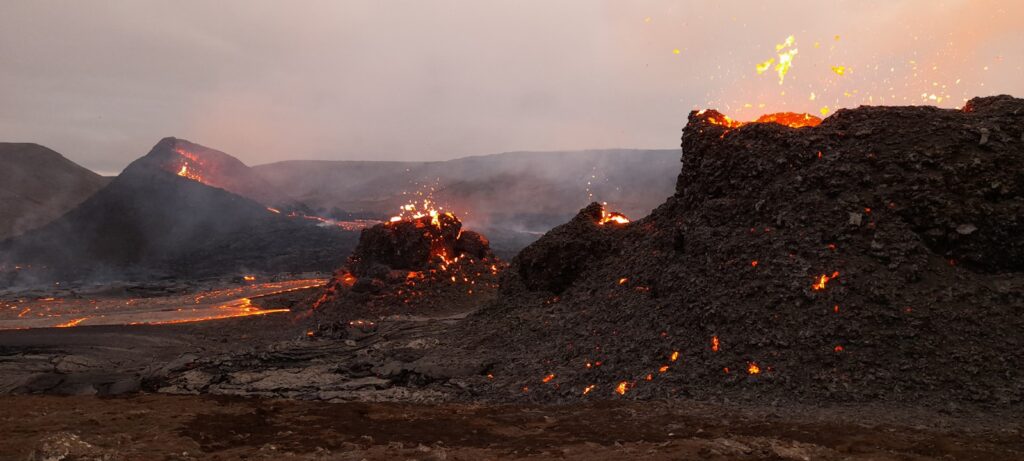
The formation of the Deccan Traps, one of Earth’s largest volcanic provinces, coincided with the late Cretaceous cooling trend and likely contributed significantly to climate changes. These massive eruptions in what is now India released enormous quantities of sulfur dioxide and carbon dioxide over hundreds of thousands of years. Initially, the sulfur aerosols would have caused short-term cooling effects by reflecting sunlight into space, potentially triggering volcanic winters. Evidence from mercury anomalies in sedimentary records worldwide confirms the global environmental impact of these eruptions. The timing of the most intense Deccan volcanism, occurring just before and continuing after the asteroid impact, suggests these eruptions played a crucial role in late Cretaceous climate dynamics and possibly dinosaur decline.
Cold-Blooded Vulnerability

Many paleontologists now believe that dinosaurs possessed metabolic capabilities somewhere between modern reptiles and birds, making them particularly vulnerable to extended cooling periods. While not strictly ectothermic (cold-blooded), many dinosaur species likely depended on environmental heat to maintain optimal body functions. Larger dinosaurs would have been somewhat buffered from short-term temperature fluctuations due to their size, but prolonged cooling would have eventually affected their activity levels, growth rates, and reproductive success. Smaller dinosaur species would have been more immediately impacted by cooling trends, experiencing reduced foraging time and increased mortality during colder seasons. This metabolic vulnerability might explain why certain dinosaur lineages show evidence of decline before others as global temperatures dropped.
Changing Ecosystems and Plant Communities

Global cooling triggered significant changes in plant communities worldwide, directly affecting herbivorous dinosaurs and, by extension, their predators. The late Cretaceous saw a reduction in the diversity and abundance of flowering plants (angiosperms) in many regions, which had become dominant food sources for numerous herbivorous dinosaur groups. Pollen records show shifts toward more cold-tolerant floras in many regions, potentially reducing nutritional quality and abundance for specialized herbivores. Evidence from fossilized teeth and coprolites (fossilized feces) indicates dietary stress in some herbivorous dinosaurs during this period. These vegetation changes would have rippled through food webs, potentially destabilizing dinosaur-dominated ecosystems well before the asteroid impact delivered its final blow.
Geographic Patterns of Dinosaur Decline

Evidence for pre-impact dinosaur decline appears stronger in some geographic regions than others, suggesting differential vulnerability to cooling based on latitude and local environmental conditions. High-latitude dinosaur communities in places like present-day Alaska and Antarctica would have experienced more pronounced seasonal cooling and darkness, potentially facing earlier population stresses. Interestingly, some evidence suggests that dinosaur diversity remained relatively robust in certain equatorial regions until the impact event. This geographic pattern aligns with what would be expected if global cooling were a significant stressor—high-latitude populations would suffer first and most severely, while equatorial populations might persist longer under gradually cooling conditions. These geographic patterns provide important context for understanding the global picture of dinosaur decline.
The Ecological Domino Effect
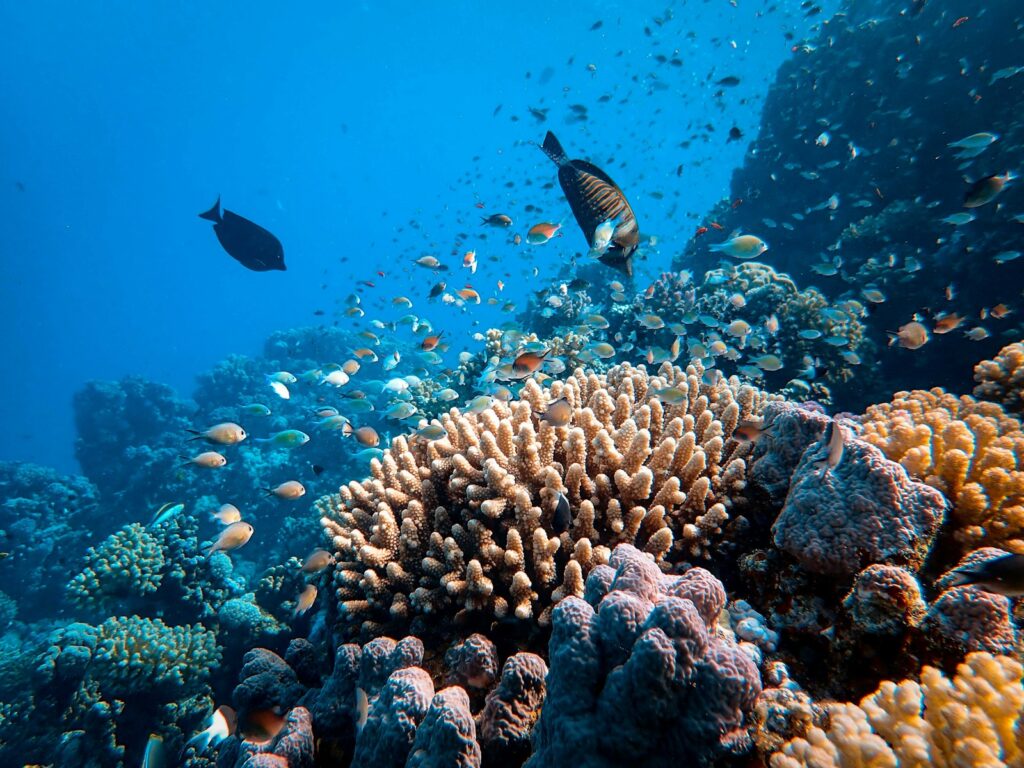
Global cooling would have triggered complex ecological cascades beyond direct temperature effects on dinosaurs. Marine ecosystems underwent significant restructuring during the late Cretaceous cooling, with evidence of declining diversity among many marine groups, including ammonites, certain plankton types, and various marine reptiles. These marine ecosystem changes would have affected coastal and riparian environments where many dinosaurs lived. Fresh water availability may have decreased in some regions as glacier formation increased and precipitation patterns shifted. Competition from mammals and other vertebrates adapted to cooler conditions might have intensified as ecological niches shifted. These cascading ecological effects would have compounded the direct challenges of cooling temperatures, creating multiple stressors for dinosaur populations globally.
Surviving Lineages: Clues from Birds
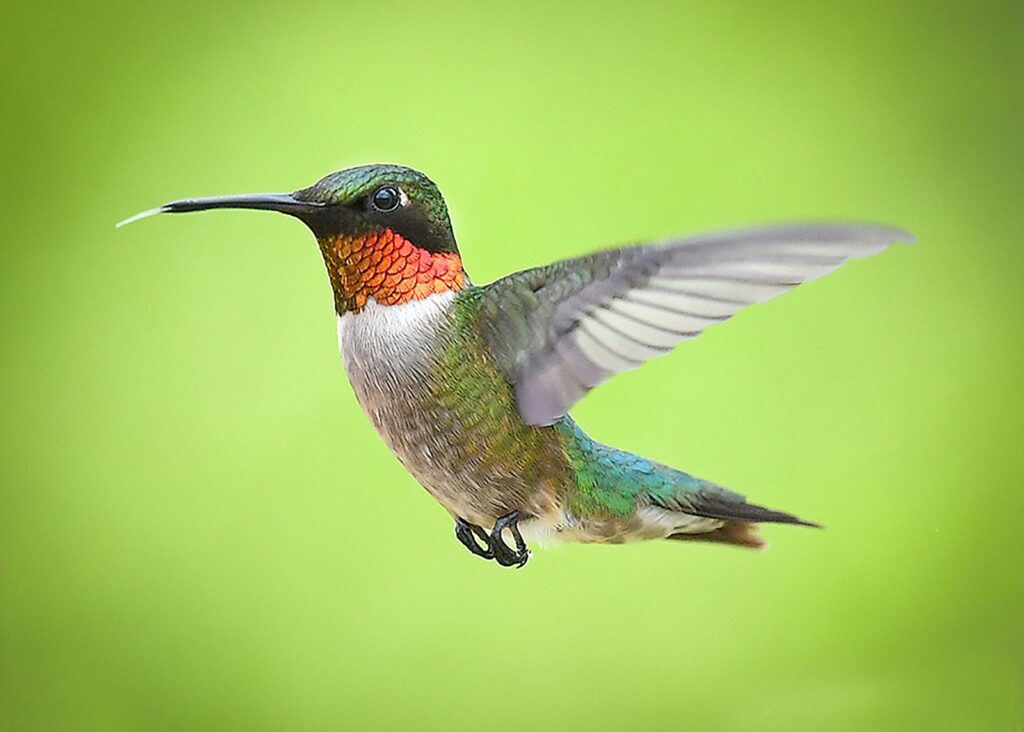
Birds, the only surviving dinosaur lineage, provide valuable insights into what adaptations might have enabled survival through the late Cretaceous challenges. Late Cretaceous bird fossils show trends toward smaller body sizes, more efficient metabolisms, and sophisticated thermoregulatory capabilities, including well-developed feather coverings. These adaptations would have provided crucial advantages during cooling periods through better heat retention and reduced caloric requirements. Evidence suggests that birds were already occupying diverse ecological niches by the late Cretaceous, potentially allowing some populations to exploit food resources less affected by climate change. The survival of birds through both the pre-impact cooling period and the impact itself suggests that certain dinosaur adaptations—particularly those related to efficient energy use and thermoregulation—were key to weathering the environmental challenges of this tumultuous time.
The Double-Punch Hypothesis
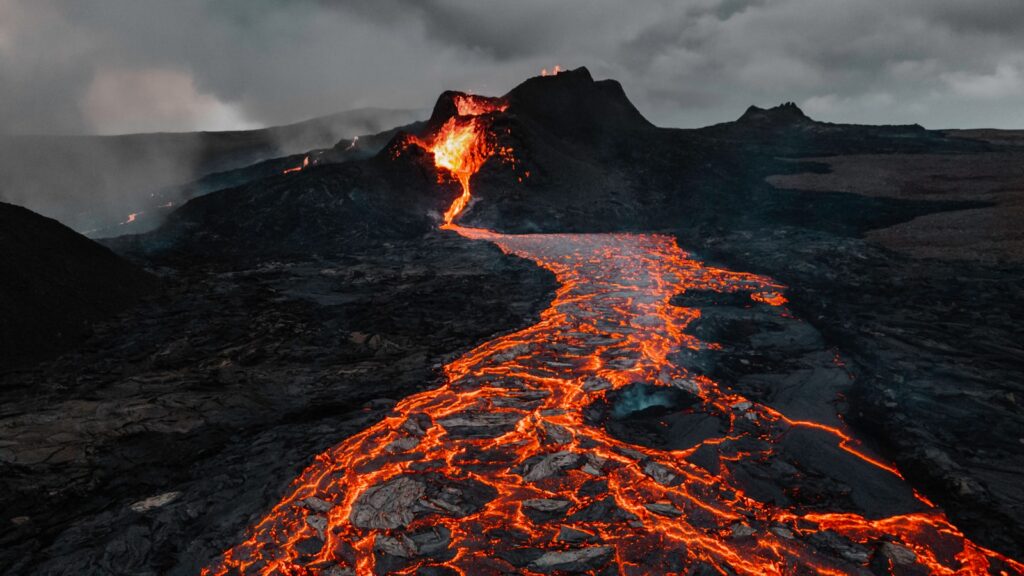
A growing number of paleontologists now support a “double-punch” extinction scenario that combines both gradual cooling stress and the asteroid impact. In this model, global cooling triggered by Deccan volcanism and other factors progressively weakened dinosaur populations and reduced their geographic range over millions of years. These stressed populations then faced the catastrophic impact event, which delivered a final, fatal blow to groups already struggling with climate challenges. This hypothesis explains both the evidence for pre-impact diversity decline and the catastrophic nature of the K-Pg boundary extinction event. The double-punch scenario also accounts for the differential extinction patterns observed across various dinosaur groups and other organisms, as pre-impact stressors would have affected different species with varying severity based on their adaptability to cooling conditions.
Challenging Research Frontiers
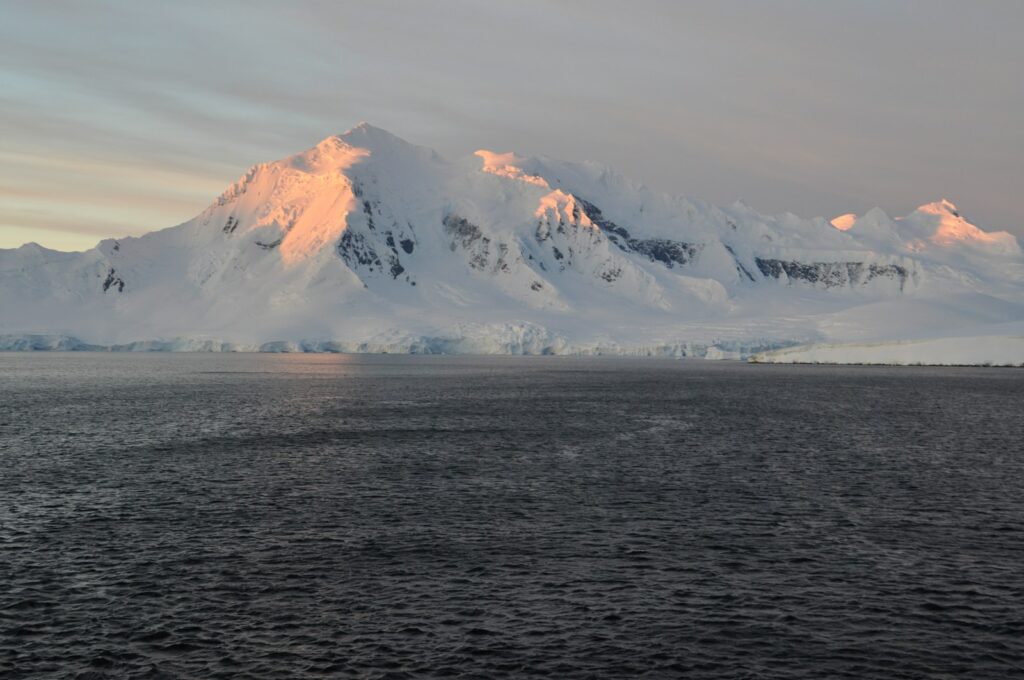
Investigating whether cooling contributed significantly to dinosaur decline presents numerous scientific challenges that researchers continue to address through innovative approaches. The temporal resolution of the fossil record remains problematic, making it difficult to precisely track population changes over shorter timescales. New statistical methods for analyzing fossil occurrence data attempt to account for preservation biases and sampling limitations that might create artificial patterns of apparent decline. Advances in geochemical proxies now allow more precise temperature reconstructions from this distant period, helping clarify the timing and magnitude of late Cretaceous cooling. The integration of multiple lines of evidence—including fossils, geochemistry, sedimentology, and climate modeling—represents the frontier of research into this complex extinction scenario, with interdisciplinary approaches yielding the most promising insights.
Implications for Understanding Mass Extinctions

The potential role of global cooling in dinosaur decline has broader implications for how we understand mass extinctions throughout Earth’s history. This case illustrates that major extinction events may often result from multiple stressors operating across different timescales, rather than single catastrophic causes. The interplay between gradual climate change and sudden disasters appears particularly potent in driving biodiversity loss, creating conditions where ecosystems become increasingly vulnerable to catastrophic disruption. This perspective encourages more nuanced approaches to studying other major extinction events in Earth’s history, many of which show evidence of both long-term stressors and triggering events. Perhaps most sobering is the realization that climate change alone—even without an asteroid impact—might have eventually led to significant dinosaur extinctions, highlighting the profound influence of climate on Earth’s biodiversity patterns across evolutionary time.
Rethinking the End: Climate’s Role Before the Asteroid
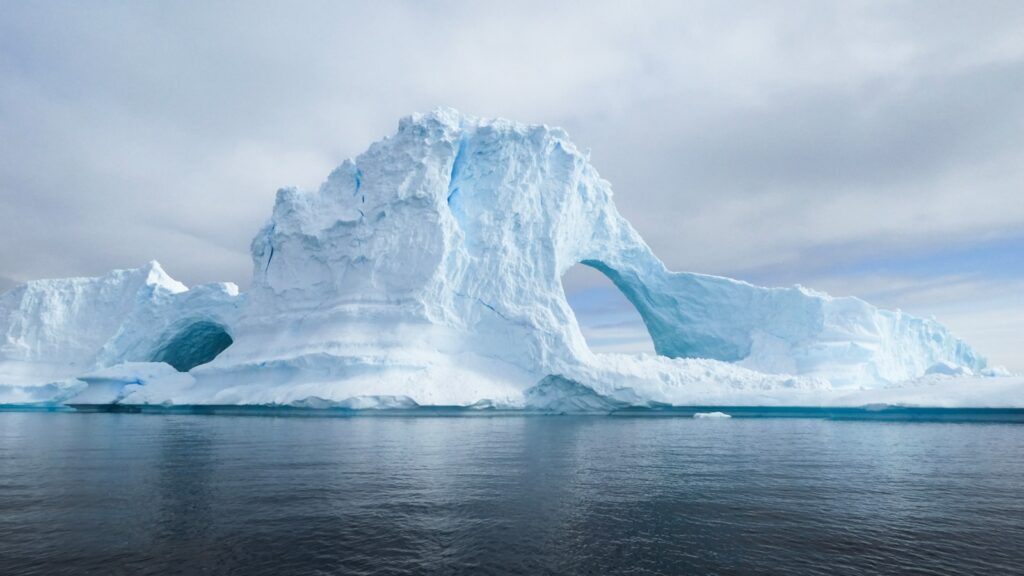
The question of whether global cooling contributed significantly to dinosaur extinction before the asteroid impact continues to drive exciting paleontological research. While the asteroid undoubtedly delivered the final devastating blow to non-avian dinosaurs, evidence increasingly suggests they were already facing significant challenges from a cooling world. This more complex extinction narrative reminds us that Earth’s history rarely unfolds through simple, single-cause events, but rather through the interaction of multiple factors across different timescales. As we face contemporary climate change, the story of the dinosaurs’ final days offers a powerful reminder of how climate shifts can fundamentally reshape life on our planet, sometimes with consequences that persist for millions of years.




